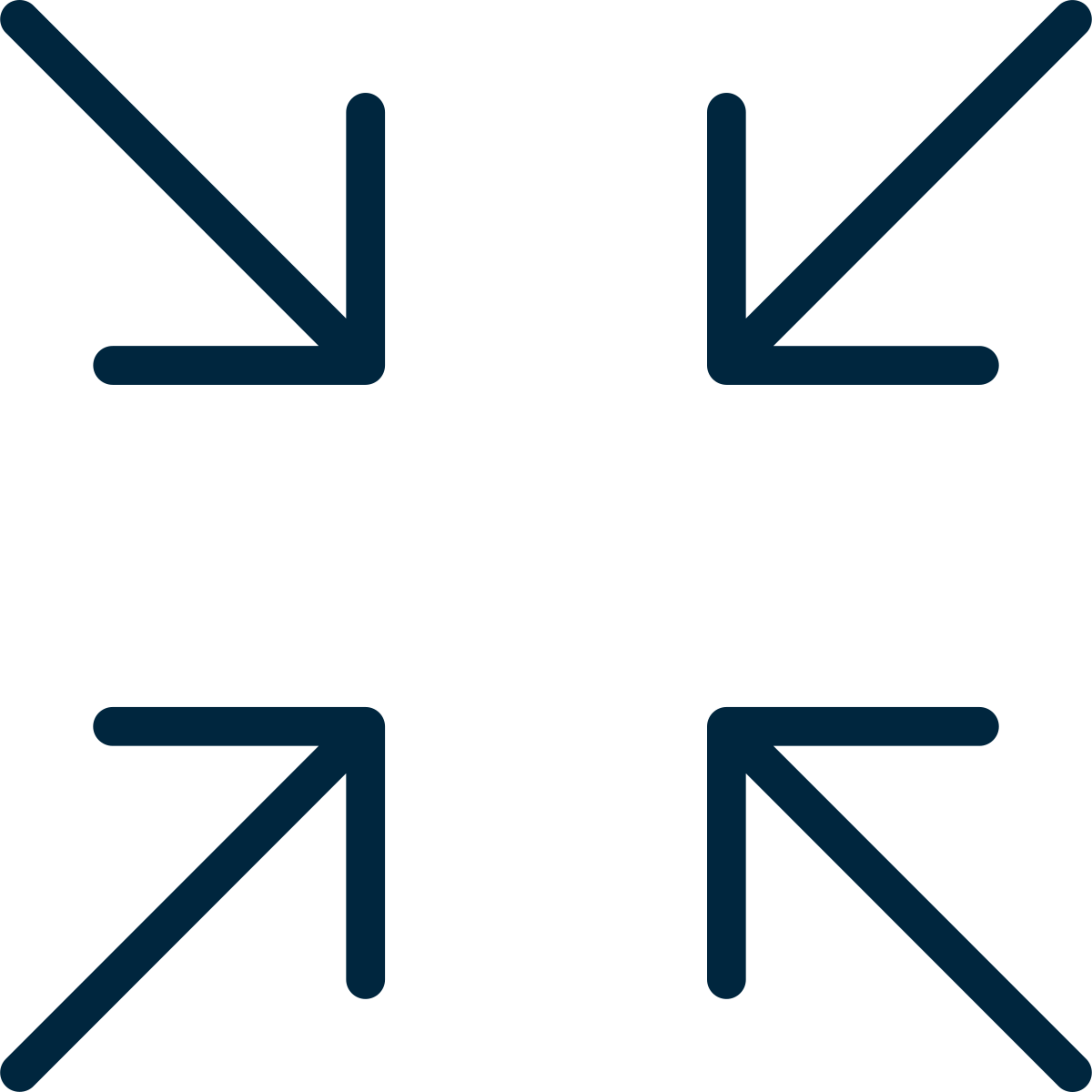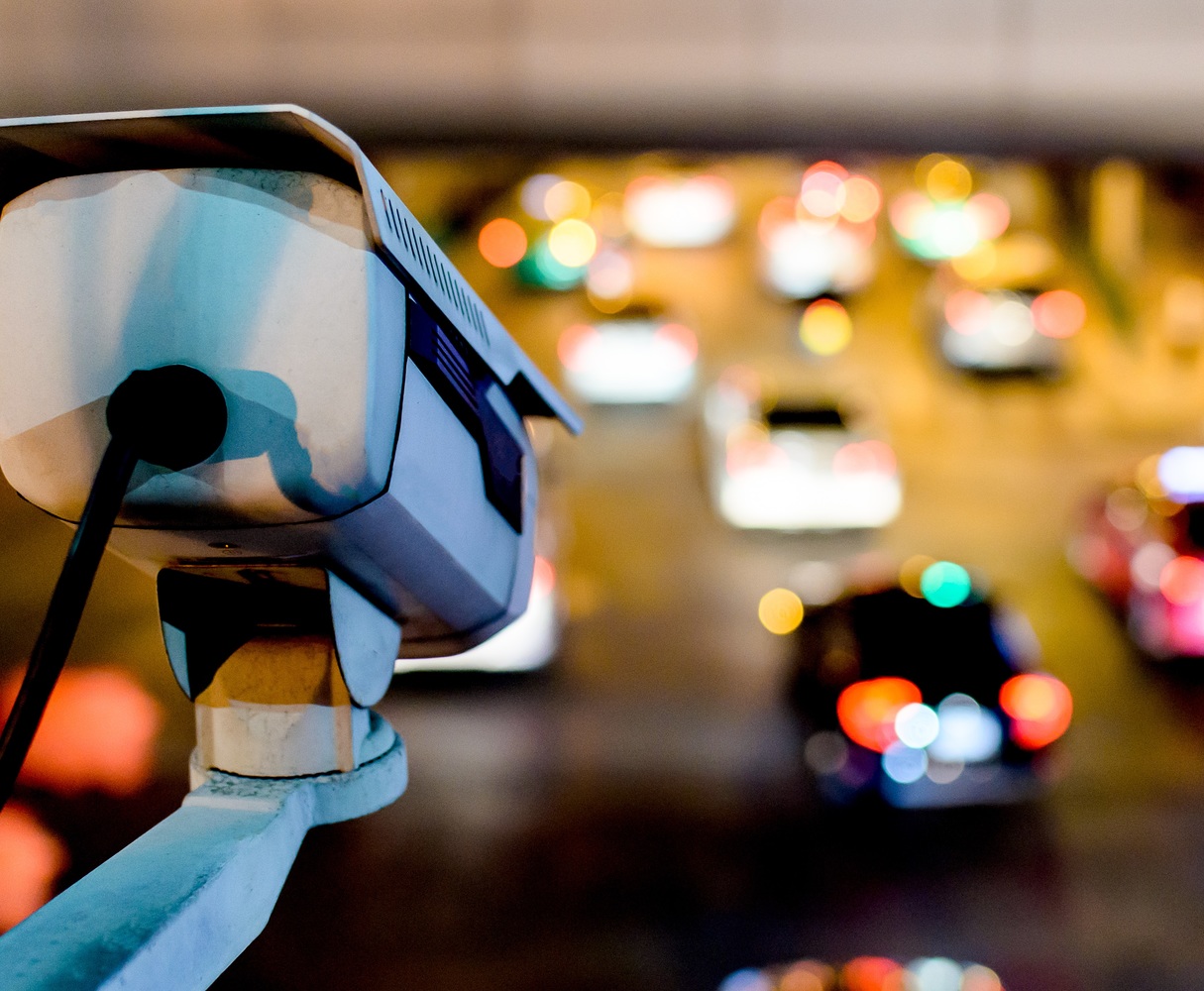Computational intelligence that moves cities
Our product portfolio

Titan
Urban mobility management platform

Telesto
Vehicle access management platform

Jano
IoT connector for traffic light controllers

M-Hub
Edge Computing traffic light controller
MOBILITY ON CLOUD

Titan
A new comprehensive suite of mobility services that allows urban systems to become more collaborative, efficient and user-centric
Urban mobility management platform
Titan is our new mobility management platform that incorporates the latest cloud computing technologies, artificial intelligence and advanced sensors to monitor, visualise and optimise urban infrastructure.
Based on Java technologies, Big Data applications and IoT connectivity, Titan has been designed to cover all current market requirements and future needs of the cities. Featuring the possibility of 100% cloud deployment, without the need for local servers, Titan is an open urban traffic suite that facilitates smart city management in order to ensure a comfortable, safe and sustainable journey.
Titan is developed on Saturno, our universal management platform that has a state-of-the-art structure and can be integrated with any external system, responding in a pioneering way to the demands of every Smart City.


Features that mark a new era for mobility
Based on a microservices architecture and offering the benefits of the SaaS model, Titan guarantees continuous expansion and full integration with all systems, ensuring adaptability, agility and maximum security levels.
- Architecture based on the latest computing standards
- Multimedia system that is compatible with several local and international protocols
- Deployable on-premise or on-cloud
- Operation in stand-alone mode or as part of existing platforms
- Responsive Front End web interface with HTML 5 and Angular technology, connected to the system’s REST API
- Encrypted communication protocols between equipment
Broad perspective. Deep insight.
Titan streamlines the transition from the stand-alone systems to an interconnected, agile and highly efficient ecosystem by employing the latest advances in computing, communications and algorithms to transform the world of mobility.
Data standardisation and unification

Collection and processing of large amounts of information from urban equipment as a whole to analyse all aspects of mobility and optimise infrastructure
Global integration of smart services

Integration of all urban systems to offer interconnected services from network monitoring to passenger information
Optimal traffic harmonisation

Central traffic prediction, monitoring and navigation through highly intelligent intersection solutions to improve flow and avoid congestion
Maximum digitisation of public transport

Automation of metropolitan transport through transversal solutions and MaaS model services
Comprehensive analysis and management of all services
We centralise data, processes and operations, making a decisive contribution to a safe, connected and sustainable city.
Modular and scalable technology
- $Stand-alone function or connection to external centralisation systems
- $Integration of multiple data sources via API-REST
- $Integrated MQTT and Apache Kafka messaging systems
- $Integration of third-party controllers via our Jano device
- $Connection of our Rtac traffic light controllers
- $Advanced analytics modules and global dashboards
Elastic traffic control
- $Predefined and dynamic strategy management
- $Graphic controller programming
- $Junction monitoring with traffic light groups
- $Dynamic zone analysis and optimisation
- $Traffic plan assignment based on current conditions
Infrastructure Management
- $Intuitive graphical interfaces for maps, analytics, history and reports
- $Current communication and equipment operating statuses
- $Detection of analytical data and detailed information on each junction
- $Logical junction grouping and phasing diagrams
- $Real-time vehicle positions
- $Statistical and historical event data
Emergency systems
- $Real-time display of system status
- $Alarms of equipment such as regulators, detectors and traffic lights
- $Fault notifications for all services
- $Real-time and historical detector data
- $Customised displays and reports for staff
- $GPS verification of technician proximity to junction
We connect vehicles to urban infrastructure.
Titan is designed to offer V2X communication services focused on V2V and V2I solutions, in order to improve traffic flow, energy efficiency and road safety.
Our novel state-of-the-art platform uses cellular, Bluetooth, Wi-Fi, Mesh and 5G communication technologies to perform data processing, device monitoring and cyber security management, incorporating the most advanced software requirements to enable Titan’s communication with V2X Onboard Units and Road Side Units, orchestrating mobility globally.
We prioritise public transport.
Using advanced computing, wireless communication and GNSS applications, Titan connects to our V2X server on the OBU — On Board Unit — installed on the buses to offer Bus Priority services by interconnecting the buses with the city’s traffic management equipment.
Integrated with traffic detectors, traffic light networks, VMS — Variable Message signs, CCTV equipment and user information applications, and based on priority management algorithms, our technology provides V2I solutions to optimise public transport:
- Priority vehicle information
- Reception and prioritisation
- Efficiency of priority per junction and bus line
- Comparison and contrast of data from different sources
- Record of priority requests granted and not granted

ACCESS CONTROL

Telesto
Our vehicle access control software for low emission zones — ZBE, protected areas of interest and other restricted access areas
Vehicle access management platform
Telesto is our vehicle access management platform that incorporates cloud technologies and artificial intelligence applications, guaranteeing maximum levels of security.
Based on a combination of machine vision technologies, real-time image processing, number plate recognition and database communications, Telesto helps identify non-permitted vehicles under fixed or customised conditions, using dynamic and flexible criteria.
Telesto is deployed on our state-of-the-art global management platform, Saturno, which is based on an architecture designed for cloud processing and can integrate any external system, meeting the highest demands in terms of integrability, scalability and distribution.


Functionalities that facilitate a wide range of applications
Telesto employs powerful tools that offer a complete intelligent access control solution.
- Use of artificial intelligence for APNR vehicle identification
- Search of vehicle data displayed in multiple databases
- Pre-validation and validation of system-generated proposals
- Calendar-driven scheduler for restriction episodes
- Recording of all actions taken by users for full operational traceability
- Generation of incident reports with all related data
Improving mobility, safety and environmental impact
By comprehensively controlling entrances and exits, our platform ensures that pedestrians are protected from unauthorised vehicles, that reserved parking spaces can be safely accessed in advance, and that cultural and historical centres are protected from unauthorised traffic.
Access control in private or public spaces
Access control to restrict entry to unauthorised vehicles to ensure the security of people, vehicles, assets and infrastructure
Blacklist management
Management of whitelists of authorised vehicles such as residents, public vehicles and hotel guests and blacklists of vehicles with restricted number plates
Report generation
Generation of historical and statistical data reports for different periods to comply with applied standards and evaluate strategies
Incident management
Configuration of the system to deal with incidents such as expired MOT, stolen vehicle or lack of compulsory insurance in automatic mode or in manual mode controlled in real time by the Department for Transport
Compatibility with auxiliary systems
Integration with variable message panels and access control equipment such as automatic barriers and bollards
Integration with entry and payment systems
Integration with smart entry and payment applications such as credit/debit cards, NFC/RFID, loyalty cards, EMV and EMV contactless, tokens and key fobs
360° Security
In charge of identification, evaluation and confirmation of unauthorised entries, Telesto incorporates modules that control all processes to resolve any incident quickly and efficiently.
Efficient management of the entire flow of data from the checkpoints and enforcement of infringement policies according to all variables
Extended sanction records: date and time of detection, location, vehicle country, number plate and vehicle characteristics
Advanced visualisation: real-time status of all equipment, operational alarms and pre-set configuration parameters
Management of all access control point operations: alarms, camera configuration parameters and communication status
Control of all processes, from incident detection, to notifying the police or other authorities to trigger appropriate actions
Control of all means of access to the area by wireless or wired communication
Number plate and environmental tag reading system to manage LEZ zones
The Telesto platform is designed to control all aspects of Low Emission Zones – areas where access to certain vehicles is restricted due to their emissions based on standard day and time restrictions in order to improve air quality in urban centres.
Telesto coordinates all entries to the zone through intelligent cameras that can read number plates and identify vehicles that comply with the LEZ requirements, while sanctioning any non-compliant vehicles.
The platform collects all the data from the authority environmental detectors and its own detectors to record episodes of high pollution. In this case, the restriction scheme is changed according to pre-determined criteria by increasing the environmental requirements and the system warns drivers via the variable message displays.
The system also records the time vehicles spend within the low-emission zone using artificial intelligence algorithms. It controls access based on the vehicle’s green tag which the system would obtain from the Department for Transport’s database or other available services.

TRAFFIC LIGHT CONNECTIVITY

Jano
A new comprehensive suite of mobility services, allowing urban systems to become more collaborative, efficient and user-centric
Traffic Light Controller IoT Connector
Our state-of-the-art Jano device is a cloud connector that allows traffic light systems to connect and communicate with modern mobility management systems. It gives legacy systems the opportunity to integrate with our global mobility management platform, Titan, enabling intelligent monitoring of urban traffic infrastructure.
Jano connects to the maintenance port of the existing traffic light controller, turning it into a smart controller that can be monitored and acted upon via a mobile app.
Jano is deployed on Saturno, our global management platform based on microservices that facilitates the visualization of the processes, the optimization of the operations and the universal coordination with the rest of the integrated services.


Control and programming of conventional traffic controllers via mobile app or Saturno platform
Jano includes all the necessary hardware components and technologies to fully integrate an oudated traffic controller into a Smart City platform. It can also be controlled remotely via the Saturno platform or a mobile application.
- 2G/3G/4G connectivity with mobile application for access and maintenance
- Real-time communication of junction status
- Remote control and change of regulator plans
- Integration with the Saturno platform for integrated area management
- Current and historical data stored in the cloud
- Errors and status alerts
A DISRUPTIVE PLATFORM FOR THE DIGITAL TRANSFORMATION OF CITIES

M-Hub
Mobility Hub: an Edge Computing platform with an embedded TLC with native Vehicle-to-Everything (V2X) communications
Optimization of services for mobility management
Mobility Hub (M-Hub) by Acisa represents a new paradigm in the technological ecosystem of cities: the space that was once occupied by a simple low-performance TLC is now conceived as an Edge node alongside a state-of-the-art traffic light regulator that natively implements V2X.
M-Hub is a key part of the new Cloud-Edge Continuum architecture that Acisa plans to deploy in cities, where processes will be dynamically executed in the Cloud, Edge, or Far Edge depending on their requirements: speed, latency, memory, and energy efficiency.
The state-of-the-art TLC integrated in the M-Hub also allows for the native implementation of V2X services, being able to interpret messages from the protocol within the core of the controller itself, thus enabling the TLC to adapt to any V2X infrastructure from any manufacturer that works on the most well-known standards (ITS-G5 / DSRC, 3GPP PC5).


Redefining the Future of Collaborative Intelligent Transportation Systems
Vehicle-to-Everything (V2X) communications and services have in recent years aroused great interest in future Collaborative Intelligent Transportation Systems (C-ITS), despite the fact that the processing and distribution of the large amount of data they generate is a major challenge. The Edge Computing technology of the M-Hub, along with the other components of Saturno, provides an answer to this challenge, allowing the deployment of distributed, secure, and scalable computing solutions, avoiding the indiscriminate traffic of data to Clouds located on servers thousands of kilometers away.
Same space. New concept
The advanced functionalities of M-Hub allow for the comprehensive deployment of applications and services related to mobility, connected vehicles, and autonomous vehicles, placing the traffic light regulator at the center of its architecture:
- Integrated V2X/C-V2X capabilities for cooperative ITS services such as: BUS Priority, GLOSA, Traffic Jam Ahead, or Time to Green
- Cutting-edge protocol specifically designed to facilitate integration with third parties and IoT communications
- Internal web-based graphical interface for easy configuration
- Direct connections with the control center through a secure channel
- Advanced detection of multiple electrical, hardware, or firmware errors that ensure traffic safety under all circumstances
Our solution offers significant benefits in terms of traffic efficiency, safety, environmental impact, and convenience for both drivers and public transport users.
Lower operational costs
Lower emissions and carbon footprint
Faster travel times
Decrease in delays and prolonged stops
Shorter travel time during emergencies
Less in-itinere accidents
Advanced centralization
M-Hub is developed on cloud-native technologies that make it fully compatible with Saturn’s Titan traffic control system. The connection with this system offers the following advantages:
Perform graphical programming of the regulator
Real-time visualization of all its states and events
Connection with an advanced data analytics system
Apply AI algorithms for traffic improvement
Connection of the regulator through 4G/5G/FO natively using HTTPs and MQTTs protocols
Many other features derived from a cutting-edge technological stack